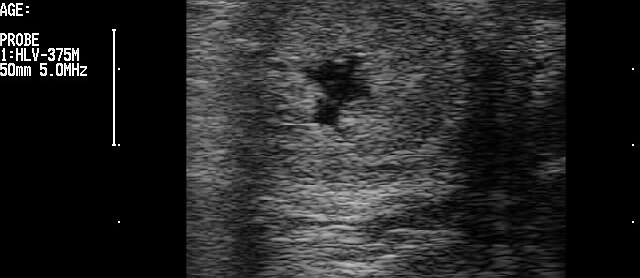•In most cases, breeding induced endometritis is the result of the combined exposure to semen and bacteria, since bacteria can enter the uterus during both natural mating and artificial insemination.
•Other factors that have been linked to sub-fertility associated with breeding induced endometritis, includs:
–poor perineal conformation
–excess fluid retention during estrus prior to breeding
–a defect in myometrial contractility
•Uterine contractility is impaired, resulting in delayed uterine clearance;
•Impaired cytokine modulation appears to play a role in susceptibility; and
•Six hours is the critical timeframe to clear breeding-induced endometritis.
-When treating breeding-induced endometritis, lavage (flushing) and low doses of oxytocin can help the uterus to clear the inflammation;
-Low doses of oxytocin (5-20 units) result in beneficial muscle contraction, whereas higher doses (30-40 units) result in a disadvantageous muscle cramp.
-Use of prostaglandin F2α rather than oxytocin has also been shown to aid uterine clearance. If administered after ovulation, however, this treatment could be detrimental to fertility by delaying corpus luteum development.

